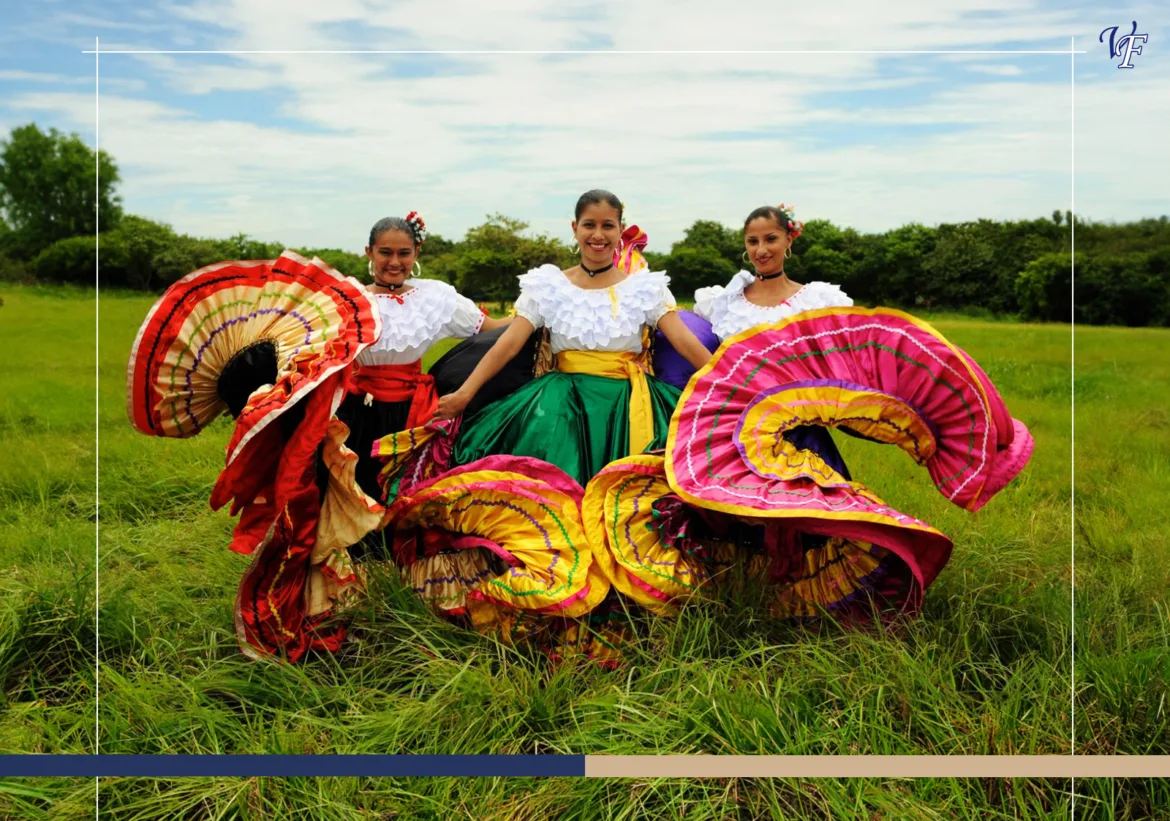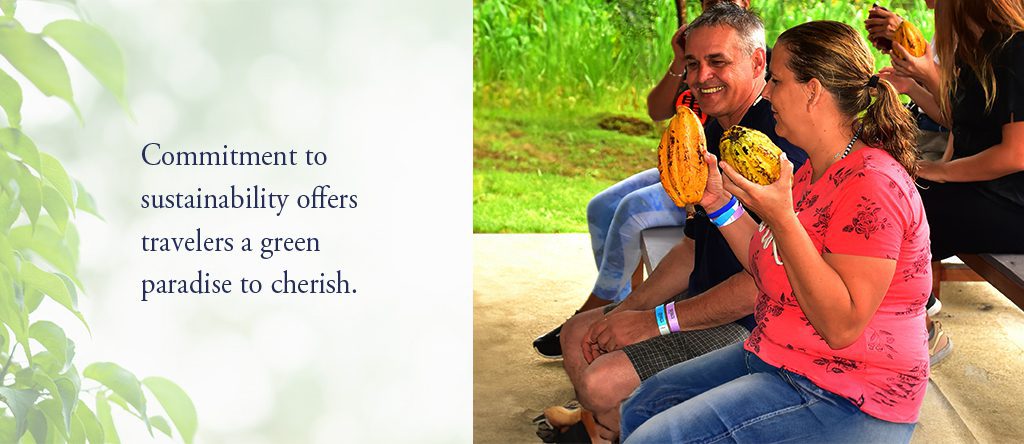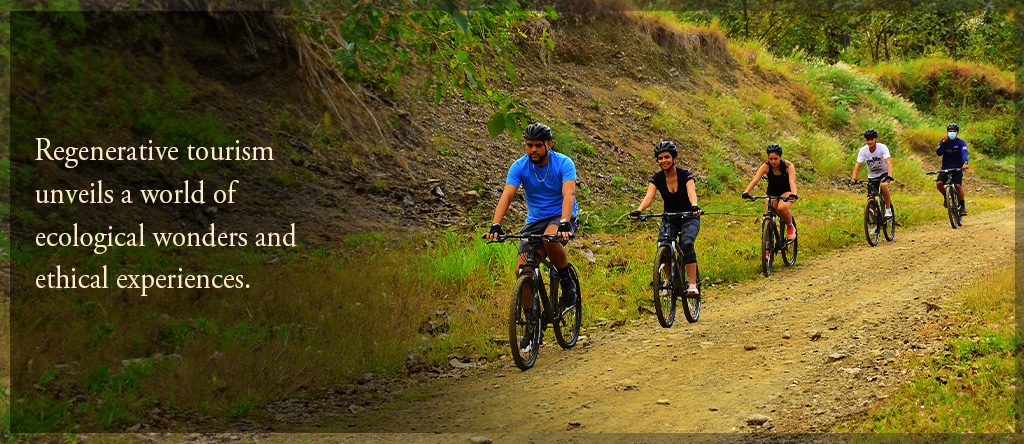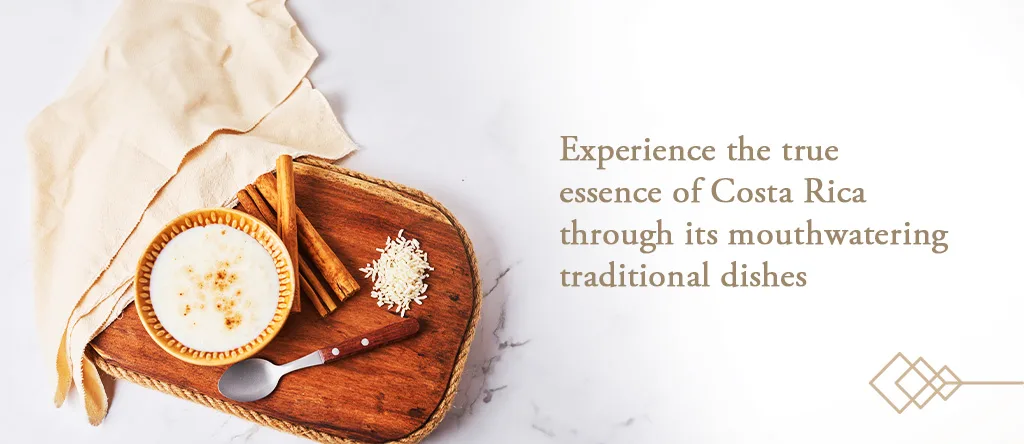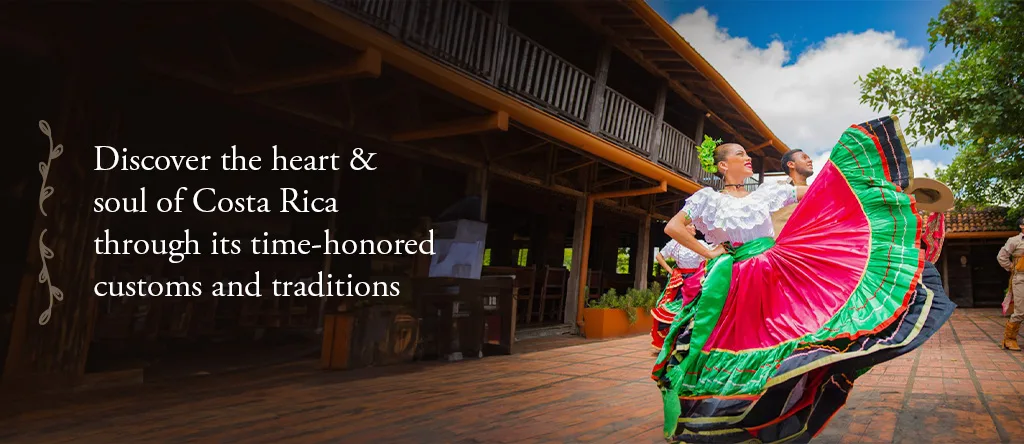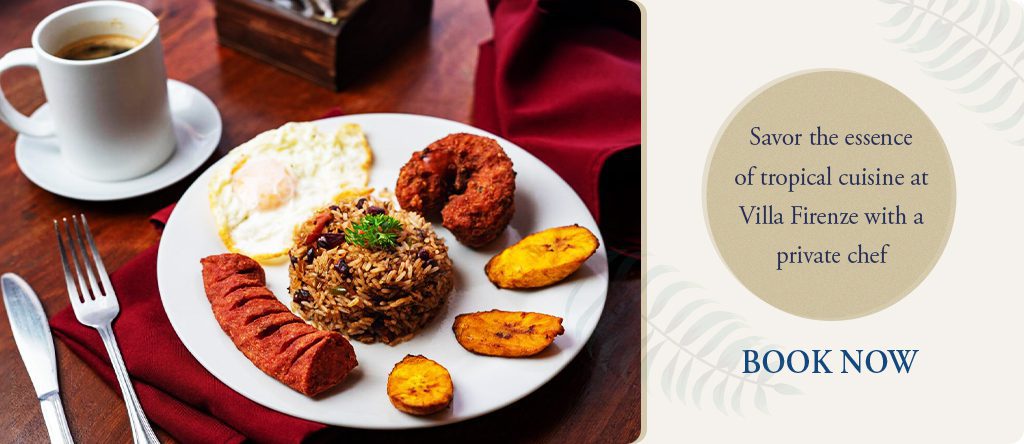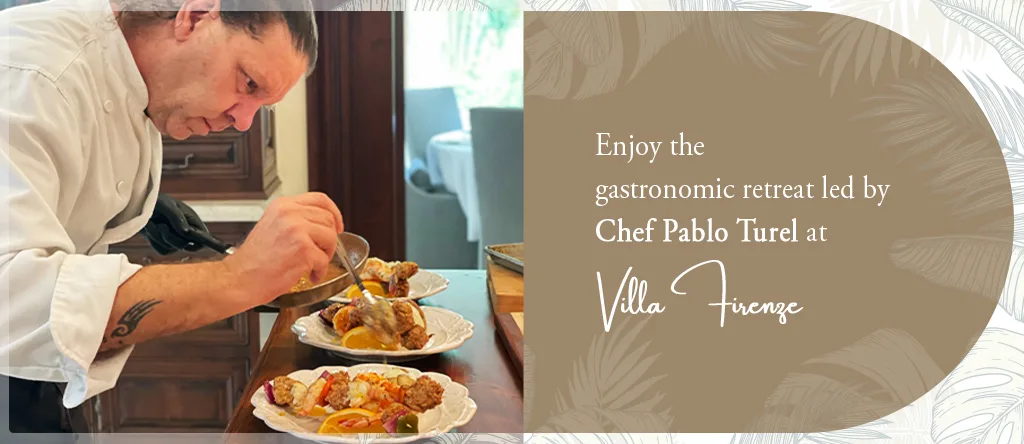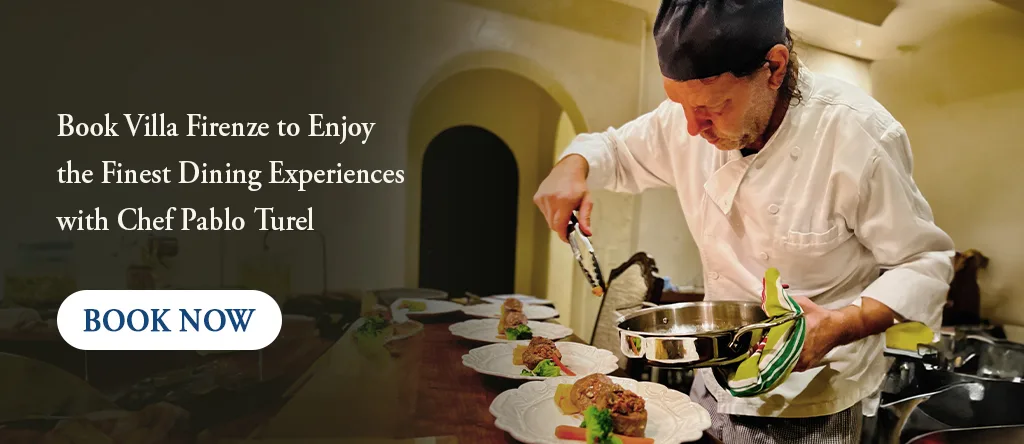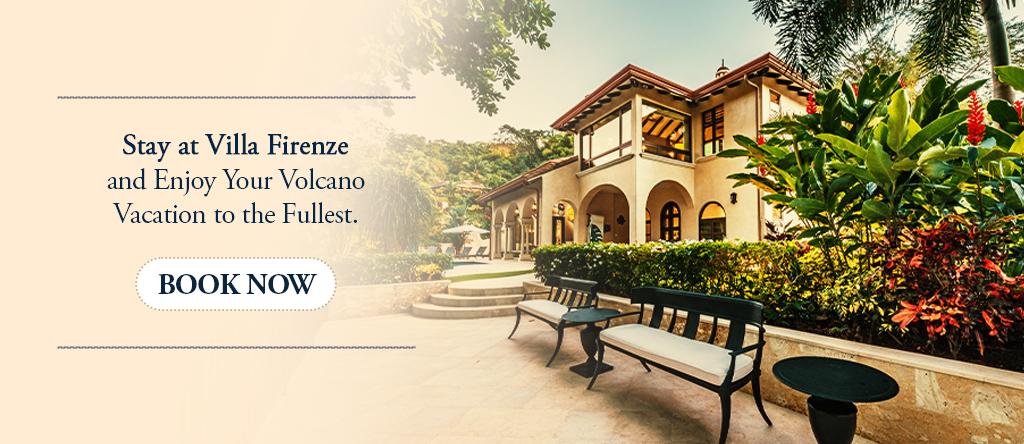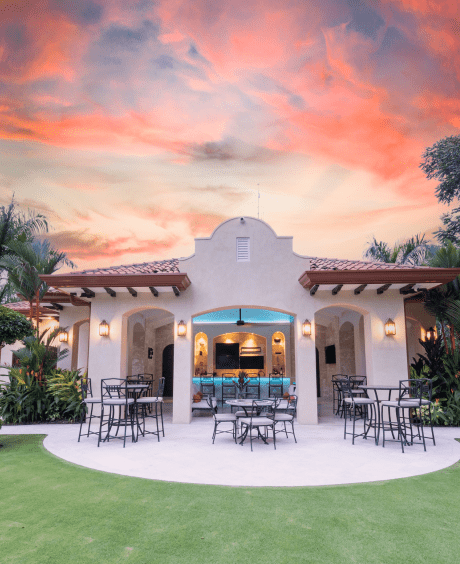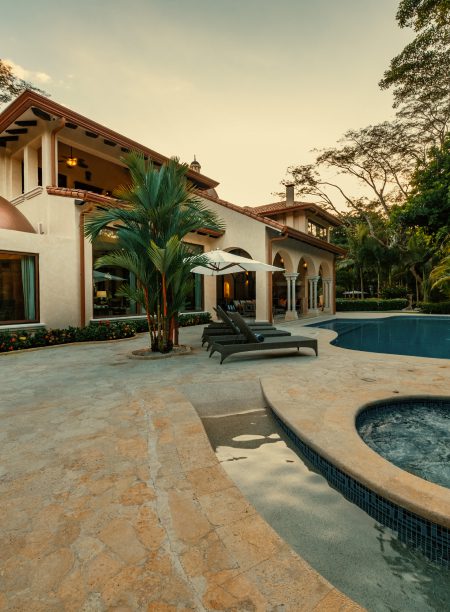Nestled between the Pacific Ocean and the Caribbean Sea, Costa Rica beckons with its stunning landscapes and vibrant culture. The essence of the nation lies not only in its breathtaking landscapes but also in its people, values, and spirit. In exploring Costa Rican identity, we delve into the essence of being a true “Tico” or “Tica.”
Join us on a journey to uncover the layers of the Costa Rican soul and discover how to fully embrace the essence of being a part of this unique culture.
Why Costa Ricans Call Themselves Ticos or Ticas?
In Costa Rican culture, the terms “Tico” for males and “Tica” for females go beyond simple words. They hold a deep significance in terms of identity and camaraderie. The locals coined these popular nicknames, also used affectionately by other Spanish speakers. What makes these terms unique is the suffix “tico,” which adds endearment and reflects the welcoming nature of the country.
“Tico” and “Tica” are highly respected because they represent a shared cultural heritage that unites Costa Ricans. They are embraced with pride and ownership, reflecting the close-knit community that characterizes their local society. You can often hear jubilant chants containing these terms during international sporting events. The resounding chorus of “Vamos Ticos” brings the nation together, displaying unity and pride powerfully. These terms hold an essential part in the rich history of Costa Rica and a strong sense of belonging, beautifully capturing the true identity of the locals.
Embracing the Rich Biodiversity in Ticos Way
The breathtaking diversity of Costa Rica is not just a part of the scenery but a crucial element that shapes the identity of its people. The locals highly value this natural wonderland as it encompasses more than 5% of the world’s total biodiversity within its borders. The nation’s unwavering commitment to conservation stands as a testament to its deep-seated reverence for the environment that nurtures it.
Stepping into the lush rainforests and vibrant ecosystems is an immersion into the soul of the nation. Engaging with the incredible diversity of flora and fauna isn’t just an encounter with nature; it’s an opportunity to connect with the spirit of the land. By understanding the delicate balance that sustains this biodiversity, you become a steward of the Costa Rican legacy, contributing to preserving a global treasure.
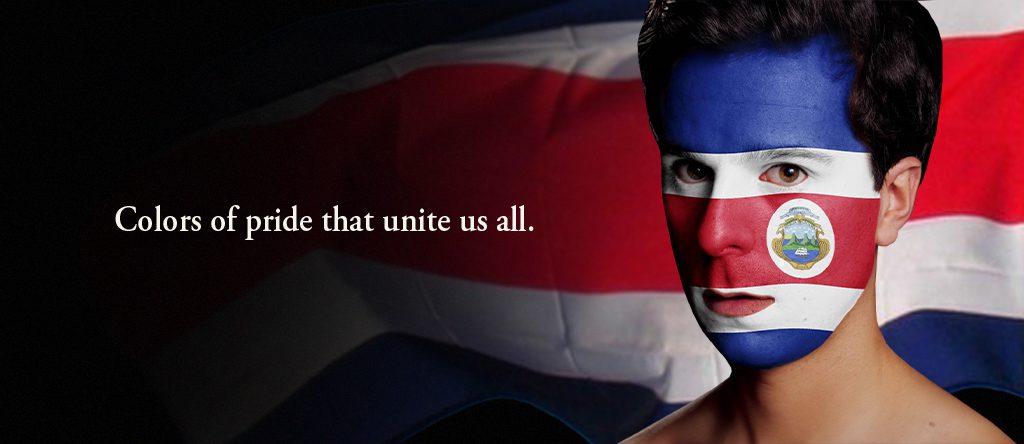
Savoring Traditional Cuisine the Tico Style
To truly grasp Costa Rican culture, one must embark on a culinary journey that delves deep into its soul. The cuisine isn’t just sustenance; it’s a vibrant tapestry woven from the threads of history, tradition, and community.
Every dish has a story to tell.
“Gallo pinto,” the harmonious blend of rice and beans, encapsulates more than flavors—it embodies the unity that Costa Ricans hold dear.
The “Casado,” a balanced meal, mirrors the equilibrium Ticos in Costa Rica seek in life—a harmonious blend of flavors and experiences.
As you savor the creamy delight of “arroz con leche,” it’s like reliving cherished memories woven into every spoonful.
Dining in Costa Rica isn’t limited to consuming food; it’s an immersion into the Tico way of life. By exploring traditional markets, indulging in street food, and dining with locals, you become part of a cultural narrative that stretches back generations. The vibrant colors, rich aromas, and hearty flavors of the Costa Rican diet embody its history, culture, tradition, and spirit.
Ticos Way of Immersing in Festivals and Traditions
Festivals here are more than just events and occasions—they express the nation’s vibrant heritage and shared values. The exuberant parades and celebrations that grace the calendar offer a window into the heart of Tico culture. Among these, the Día de la Independencia parades stand out, embodying the freedom the locals hold close to their hearts. The streets become a canvas of history, painted with colorful processions and patriotic fervor.
Fiestas Palmares, with their pulsating energy, reflect the vivacity of the Tico spirit. It’s not just about revelry; it’s a celebration of community and shared identity. These festivals become a stage where the people of the country proudly showcase their unity, traditions, and zest for life.
Participating in these fiestas isn’t a mere spectator experience; it’s an opportunity to immerse yourself in the very rhythm of Costa Rica. By joining the festivities, you become an honorary Tico, celebrating the nation’s resilience, diversity, and cultural tapestry.
Peek Into Ticos’ Life with Local Language and Slang
Language bridges cultural gaps, and mastering local phrases and slang is your passport to understanding the custom and etiquette of Costa Rica. Beyond words, terms like “Pura Vida” capture the very essence of Ticos’ way of living. They’re windows into the Tico spirit. By weaving local slang into your conversations, you don’t just communicate; you form bonds. Walls crumble, replaced by shared laughter and deeper cultural insight.
When you say “Pura Vida,” you’re not just saying “hello” or “goodbye.” You’re embracing the joy of simple living, the optimism that radiates from the hearts of locals. Speaking like them isn’t about perfection; it’s about trying, stumbling, and laughing together. It’s about a “mae” or “ticas” slipping into your sentences, instantly making you part of their tapestry.
Here are some slang and phrases that a non-Tico can use to be a part of the community:
- Pura Vida: This is the most famous Costa Rican slang phrase. It means “pure life” or “all good.” It can be used in various contexts, such as a greeting, a goodbye, a thank you, or an expression of approval.
- Tico/Tica: This is a term used to refer to locals. It is gender-specific, with “tico in Costa Rica” used for men and “tica in Costa Rica” used for women.
- Mae: This phrase is commonly used in different ways. It can be used as a term of endearment, a substitute for someone’s name, or an expression of surprise.
- Diay: This is a filler word that locals often use. for “um,” “well,” or “and then.”
- A cachete: This means “cool” or “awesome.”
- Brete: This means “work.”
- Tuanis: This means “great” or “excellent.”
- Mejenga: This means “soccer game.”
- Guaro: This is a liquor made from sugar cane.
- Tata: This means “dad.”
- Chiva: This means “cool” or “awesome.”
Discovering Costa Rican Art and Music Through the Eyes of Ticos
Costa Rican art and music are mirrors of Tico’s identity. Oxcart paintings, intricate and vibrant, carry tales of heritage, while the beats of “cumbia” and “tropical” music genres echo the nation’s vivacity.
Oxcart painting is a living heritage, illustrating rural life with every brushstroke. These ornate carts are not just functional; they represent the fusion of creativity and tradition.
The rhythm of “cumbia” and “tropical” music encapsulates the spirit of celebration. Drums, guitars, and melodies sync with the heartbeat of Costa Rica.
Engaging with these artistic expressions isn’t passive. Join workshops to create crafts, dance to local beats—and immerse in the culture. Costa Rican art and music embody the “Pura Vida lifestyle” ethos, inviting you to be part of the dynamic narrative of their life.
Understanding the Tico Sense of Community
Costa Rican identity is deeply rooted in a strong sense of community and togetherness. Ticos in Costa Rica exemplify warm hospitality, treating visitors as long-lost friends and embracing newcomers as part of the extended family. This strong communal spirit transcends geographical borders, creating lifelong connections.
Engaging in local initiatives and community projects is a window into the essence of the Tico way of life. Whether participating in beach cleanups, sustainable and regenerative tourism practices, supporting local artisans, or joining in traditional celebrations, these actions reflect your commitment to embracing the Tico ethos. By collaborating with locals, you contribute to the shared growth and prosperity of the community while gaining insights into their values, culture, and traditions.
In Costa Rica, the sense of community isn’t just a concept; it’s a lived experience. As you immerse yourself in this collective spirit, you’ll discover the joy of forming bonds that transcend language barriers and cultural differences. Through this mutual exchange, you’ll become a part of the community and carry a piece of Tico camaraderie with you wherever you go.

Conclusion
Being a true “Tico” goes beyond just being a citizen of Costa Rica. It involves fully adopting the Pura Vida mindset, dedicating oneself to preserving biodiversity, wholeheartedly engaging in culinary and artistic traditions, and celebrating the togetherness of the community. Whether you’re a resident or a guest at Villa Firenze, you have the opportunity to embody the Tico spirit. By embracing the essence of Costa Rica, you open your heart to the authentic experiences and connections that define the true “Tico” within us all.


